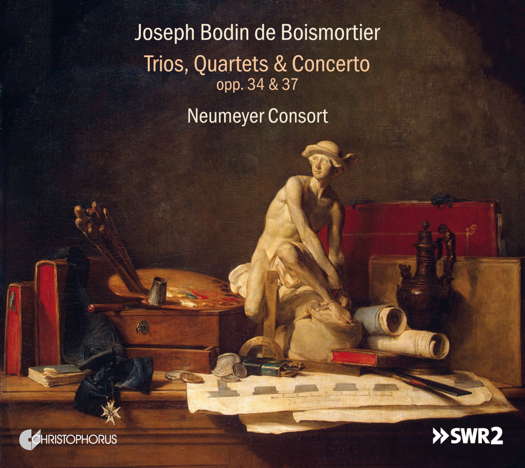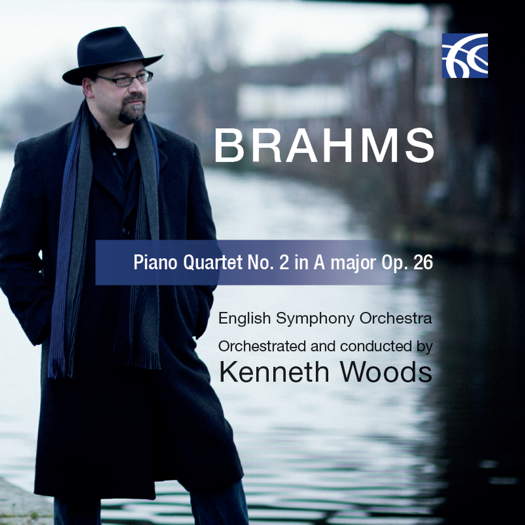
A Prodigious Compositional Career
GERALD FENECH listens to music by French baroque composer Joseph Bodin de Boismortier
'The Neumeyer Consort's performances display a mastery of Boismortier's language that is just astonishing ...'
Joseph Bodin de Boismortier (1689-1755) was one of the most prolific composers of the French baroque. He not only wrote a huge number of works in several genres, but was also one of the first composers to have no patrons, having obtained a royal musical licence for engraving music in 1724. This development helped him to make large sums of money by publishing his music for sale to the public. That same year, Boismortier and his wife Marie moved to Paris, where he began a prodigious compositional career, writing for many instruments and voices.
By 1747 he had already published more than a hundred works in various vocal and instrumental combinations, and his music, particularly that for the voice, was extremely popular. Boismortier was also the first French composer to use the Italian concerto form in his 6 concertos for 5 flutes, Op 15 (1727), and his concerto for cello, viol or bassoon (1729) was the first French concerto of its kind.
Much of his music is for flute, and together with Rameau, who was also a contemporary during the Rococo era of Louis XV, he upheld the French tradition, composing music of beauty and sophistication that was widely acknowledged. His 6 sonatas for flute and harpsichord, Op 91, first published in Paris in 1742, are probably his most popular pieces, and they remain till today the most performed of all his compositions.
He died on 28 October 1755, aged sixty-six. Although after his death his music fell victim to a huge neglect, Boismortier can count himself lucky that he lived during a time of change that benefited his genius. Indeed, in the first half of the eighteenth century, Paris was experiencing the end of the Baroque era, and with the rising bourgeoisie, a new dawn for composers was emerging following the death of Louis XIV. The composer was indeed in the right place at the right time, and knew how to meet the demands of a new society with a nimble pen.
Listen — Boismortier: Allegro (Concerto in E minor, Op 37 No 6)
(track 3, 0:00-0:47) ℗ 2021 note 1 music gmbh :
He wrote a vast amount of gallant music that was easily playable, and by also publishing this chamber music himself, he enabled people to view him as a true innovator that could really surprise. The majority of these works date from 1731, and although the composer employs very small forces, his penchant for the openness of instrumentation and keen interest in the technical and tonal characteristics of almost all instruments allow him to create music that is highly expressive and rich in colour.
Listen — Boismortier: Vivace (Trio in A minor, Op 37 No 5)
(track 15, 0:00-0:47) ℗ 2021 note 1 music gmbh :
The Neumeyer Consort's performances display a mastery of Boismortier's language that is just astonishing, and the Quartets Op 34 in particular receive a precise and deeply articulate treatment that brings out all the intricate subtleties of these works.
Listen — Boismortier: Adagio (Quartet in G minor, Op 34 No 1)
(track 39, 1:43-2:23) ℗ 2021 note 1 music gmbh :
Superb booklet notes and presentation complete an invaluable addition to the Boismortier discography that is, sadly, still in need of stronger advocacy.
Copyright © 25 April 2021
Gerald Fenech,
Gzira, Malta

CD INFORMATION - BOISMORTIER: TRIOS, QUARTETS AND CONCERTO





